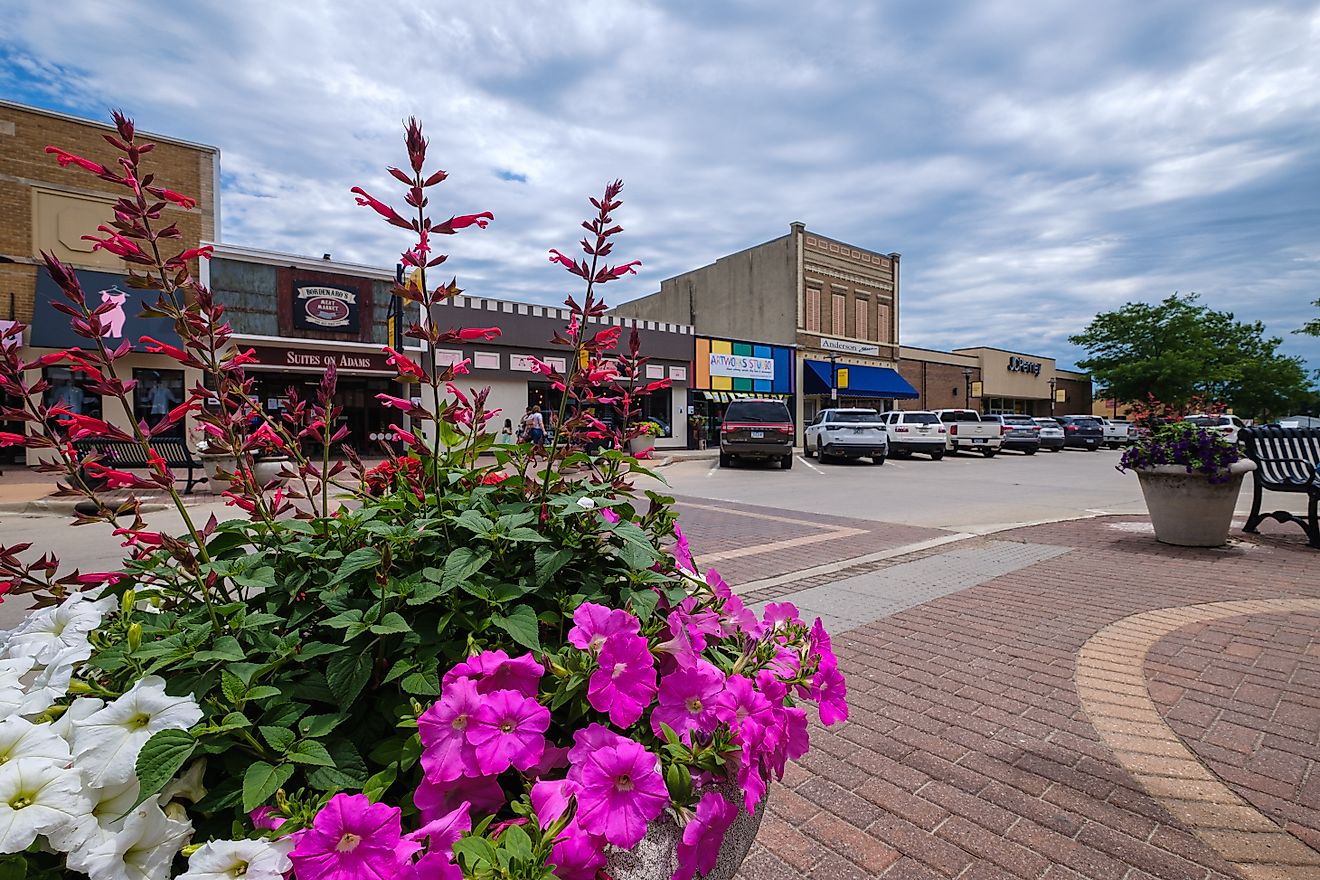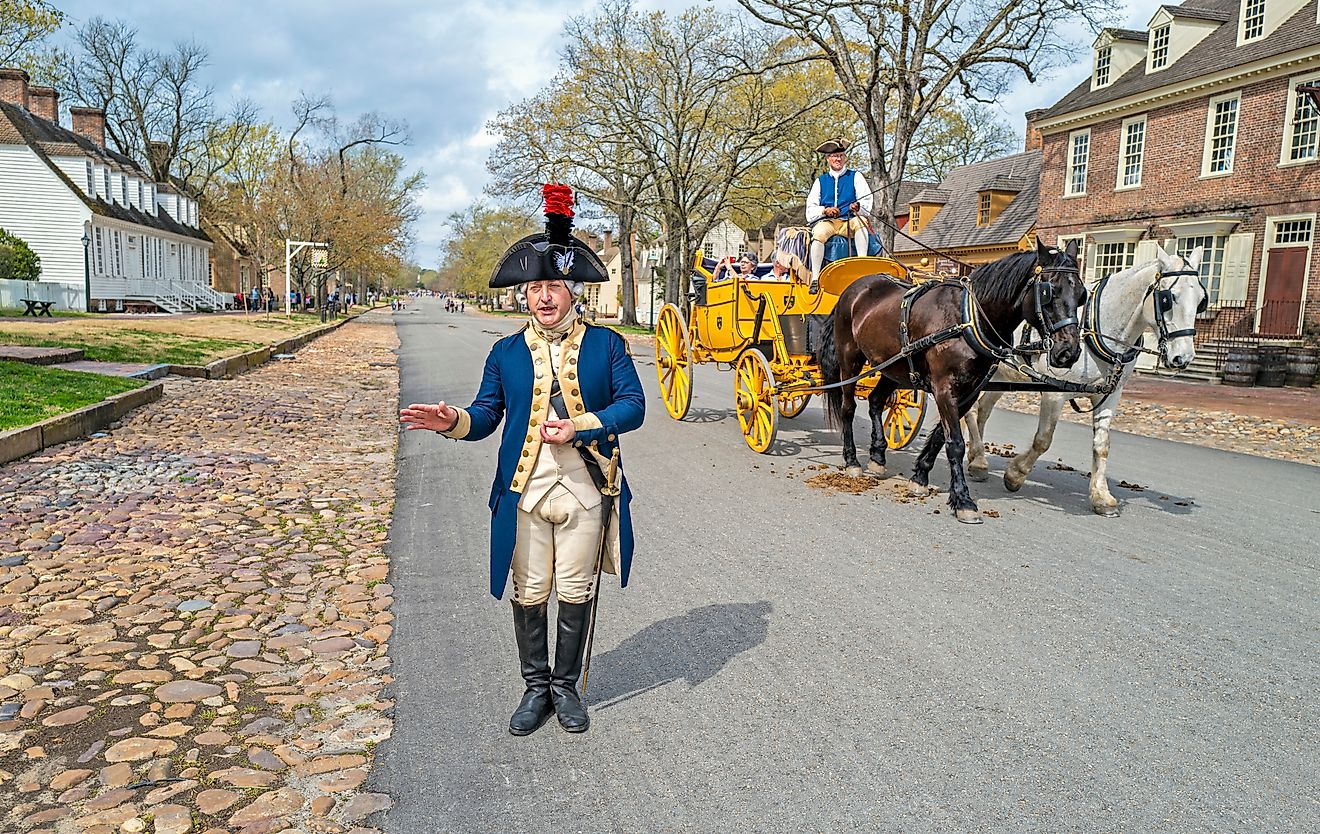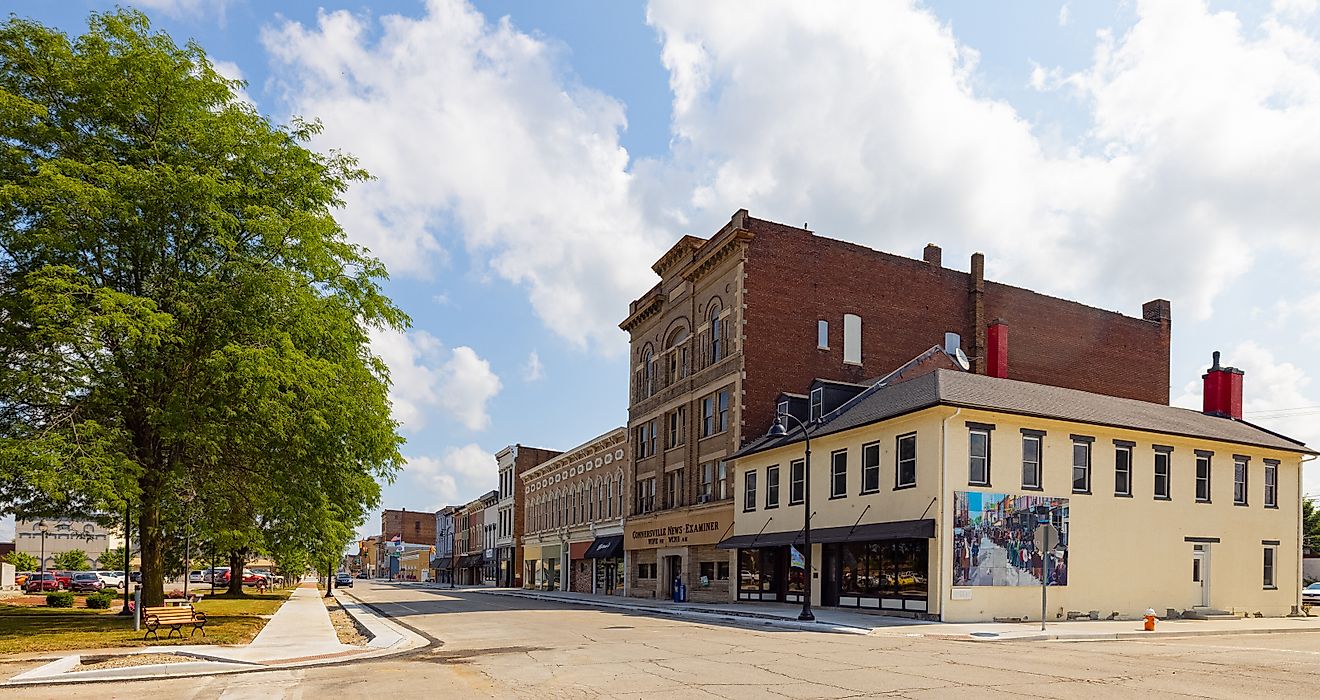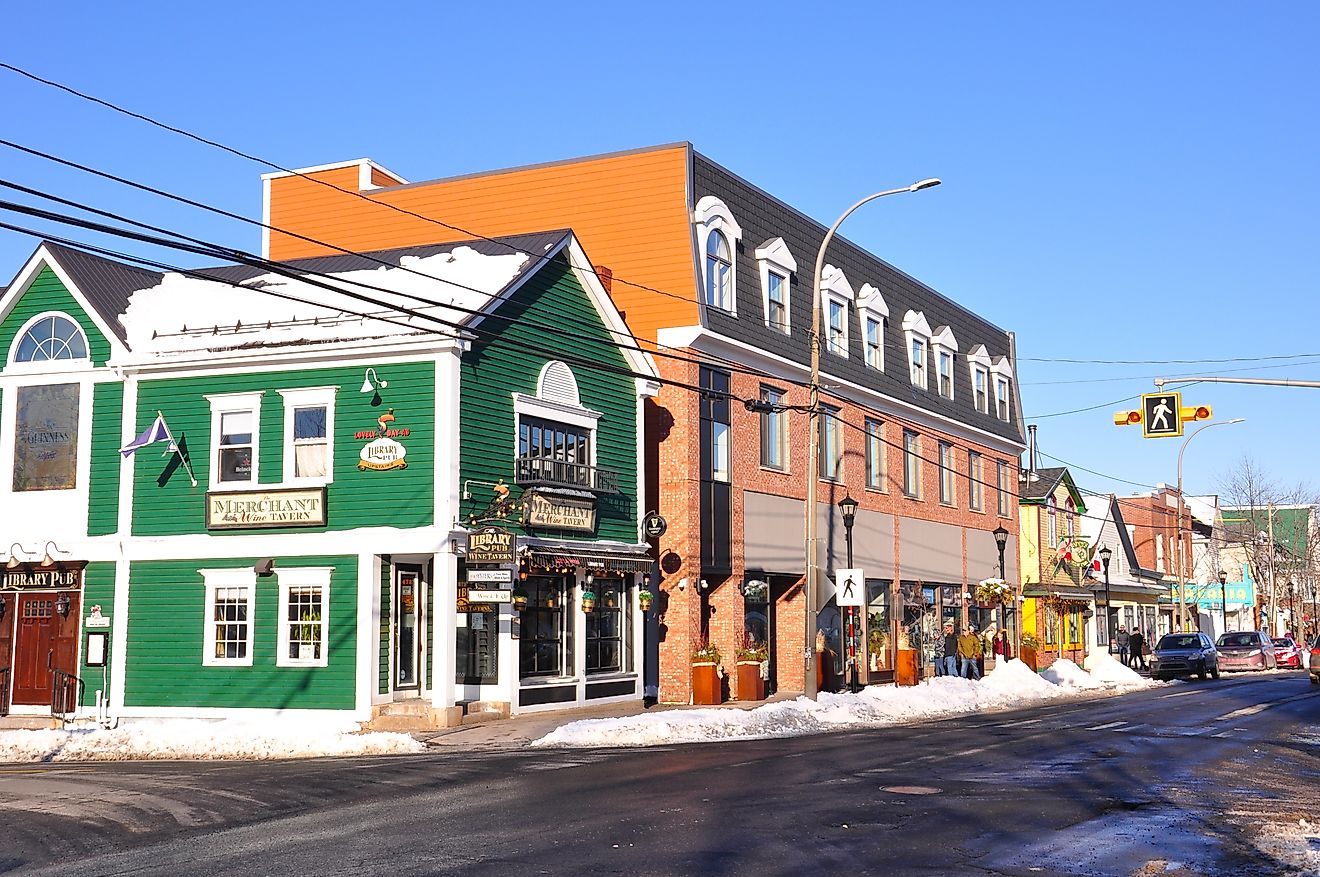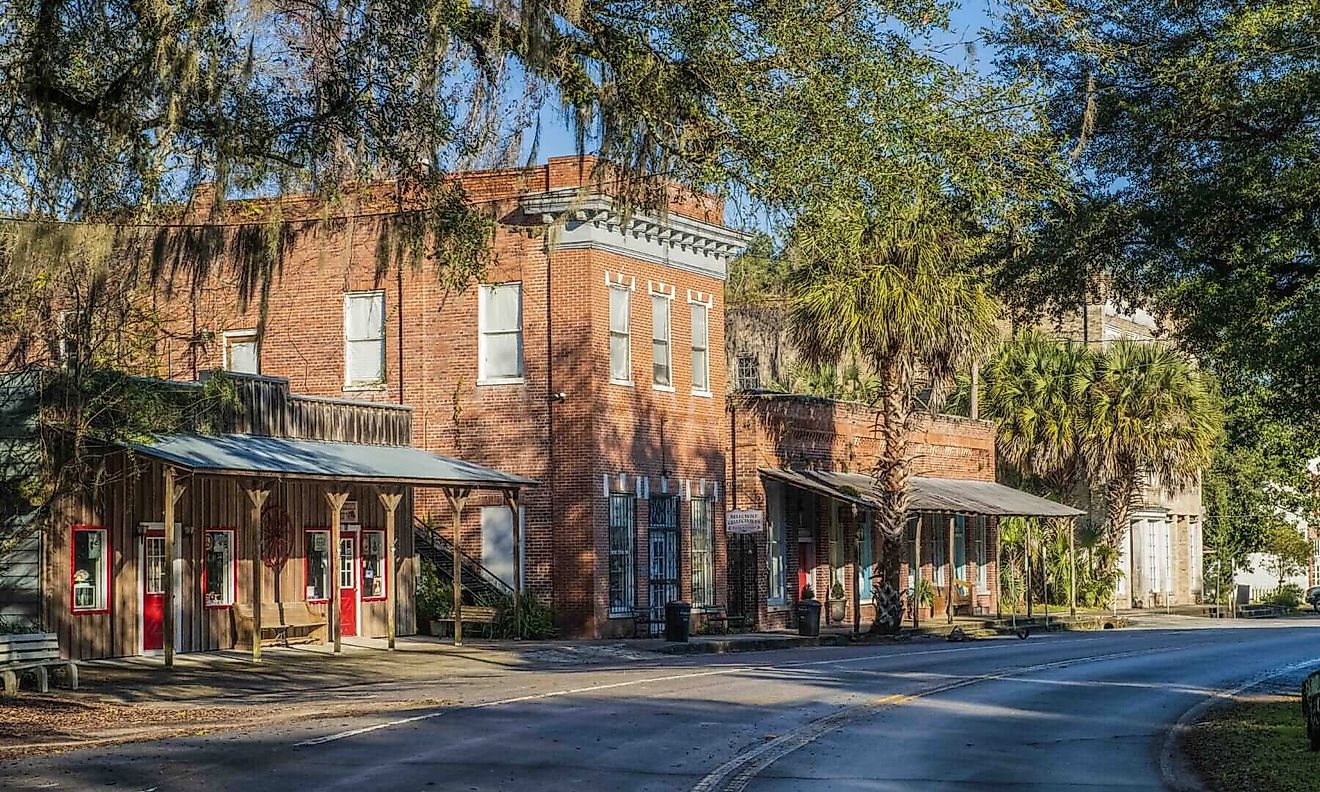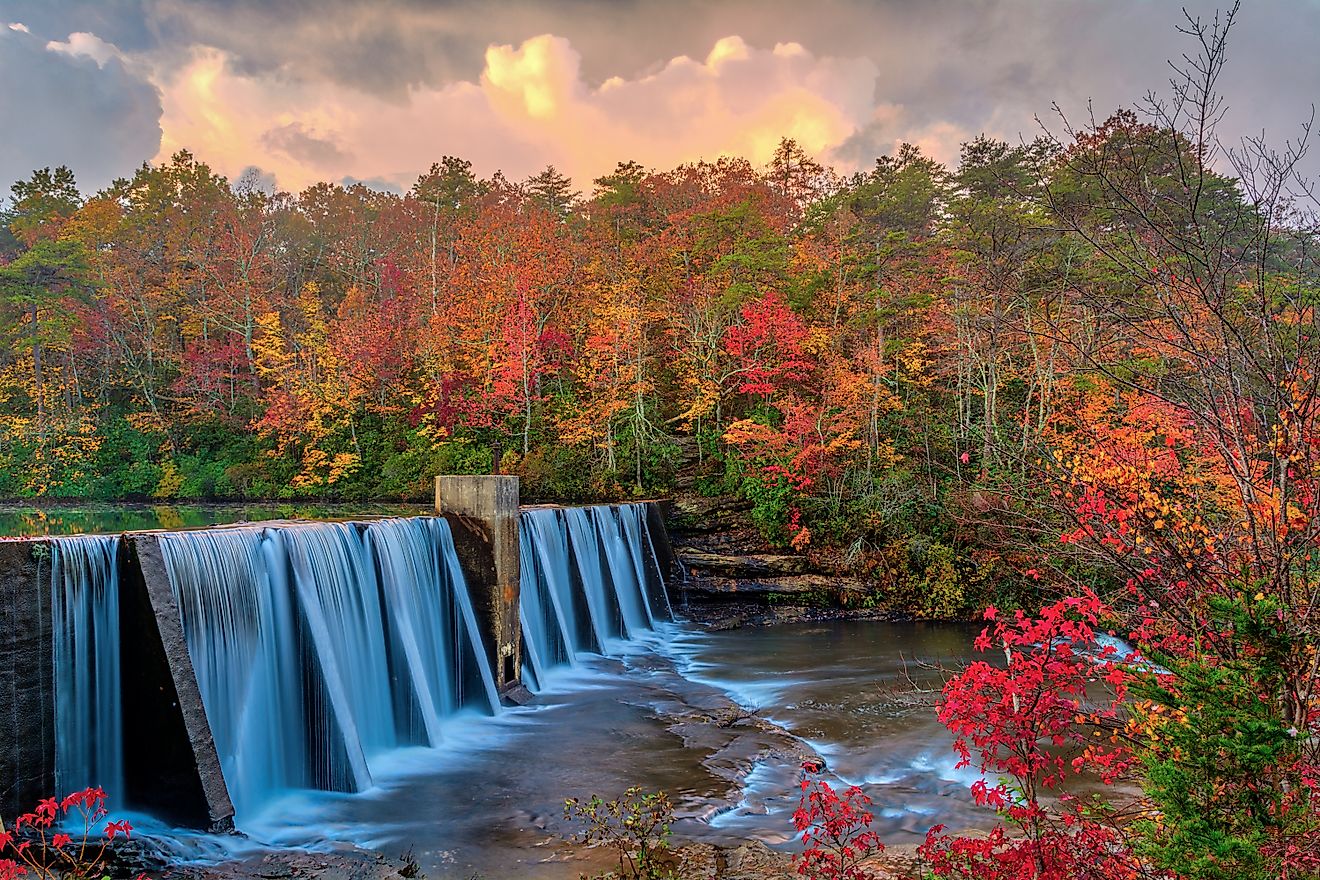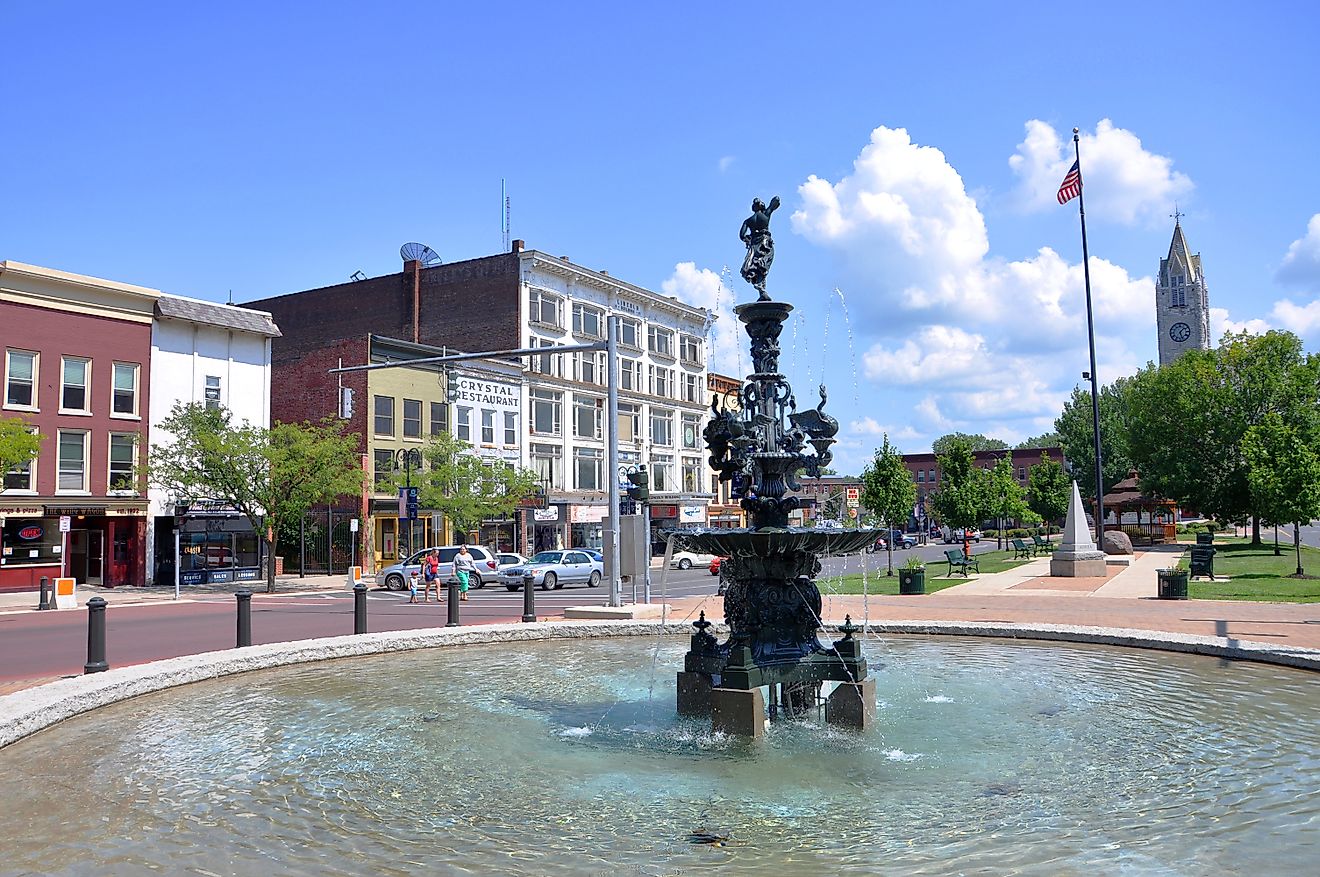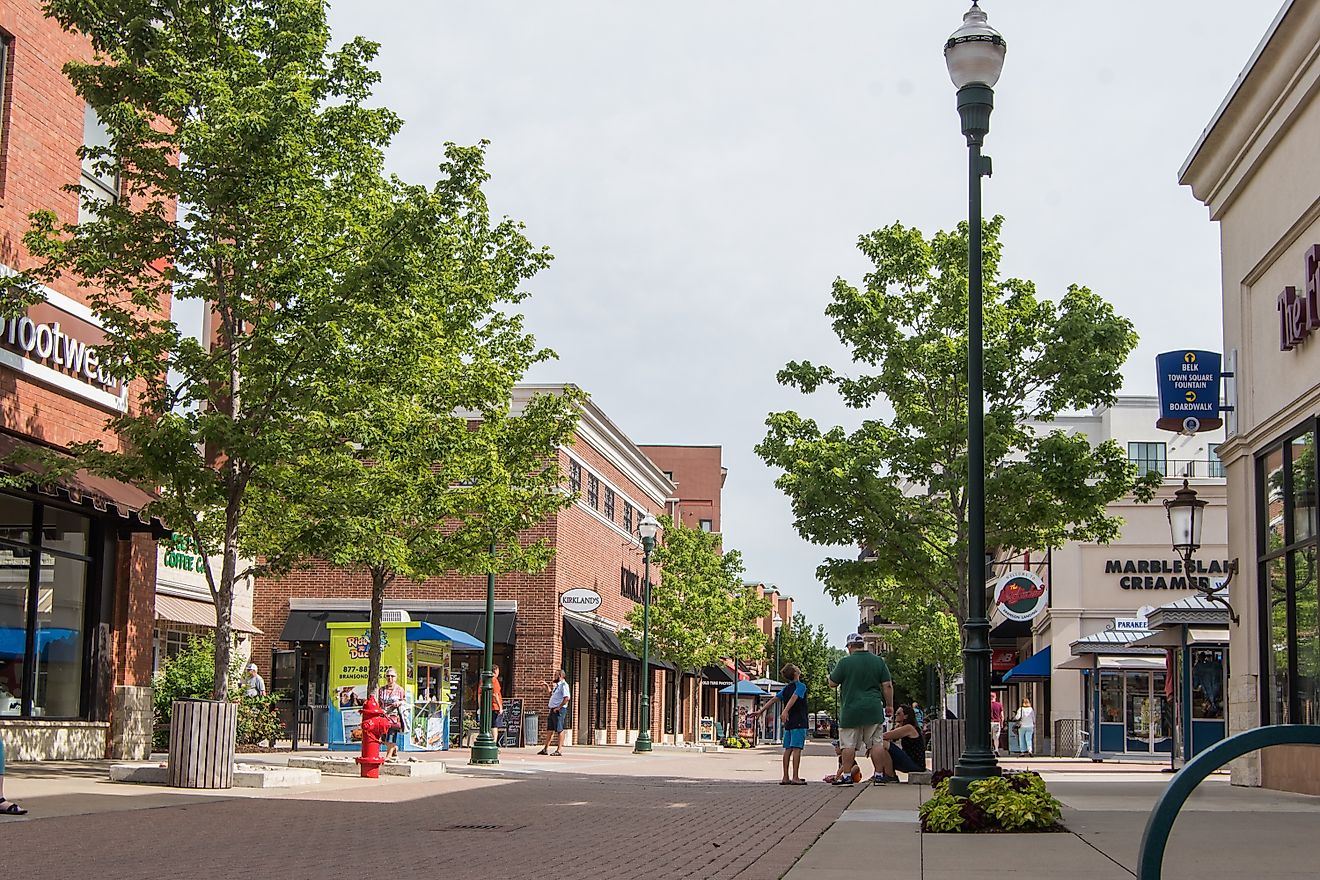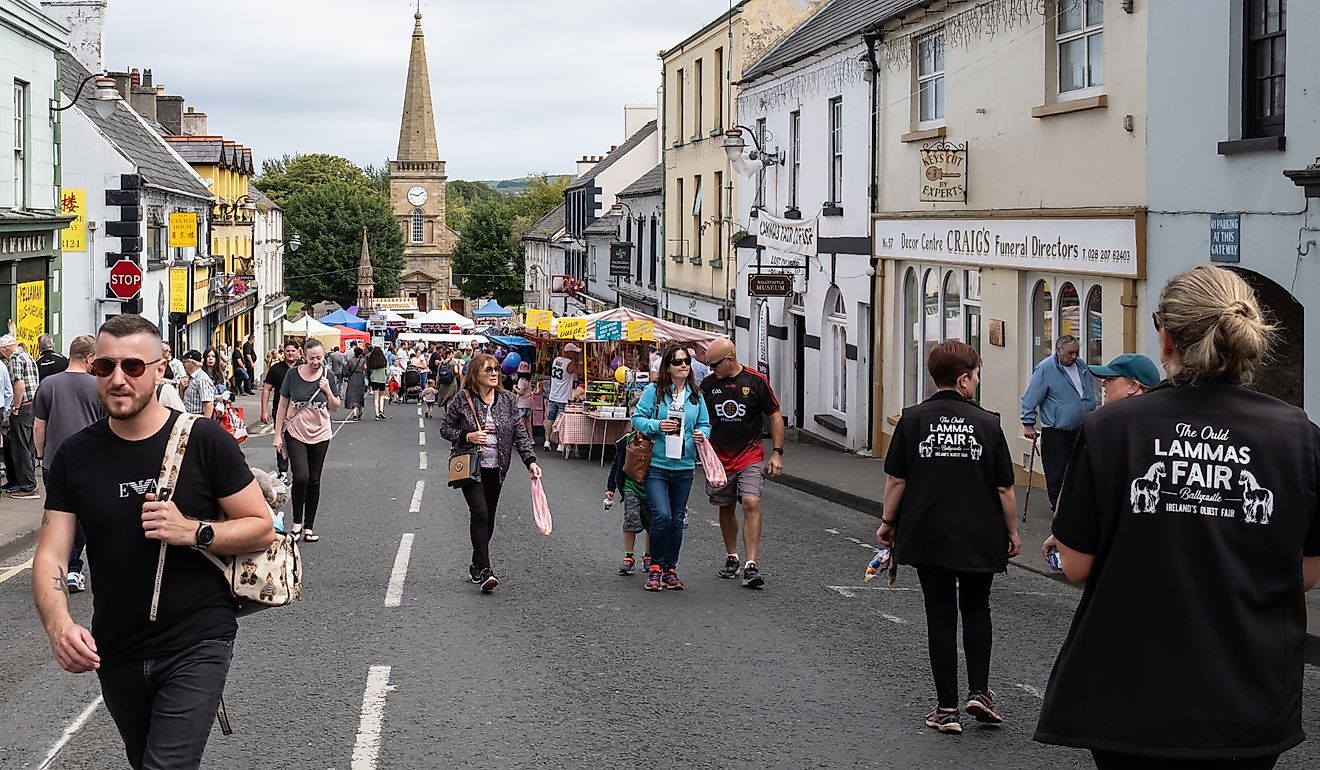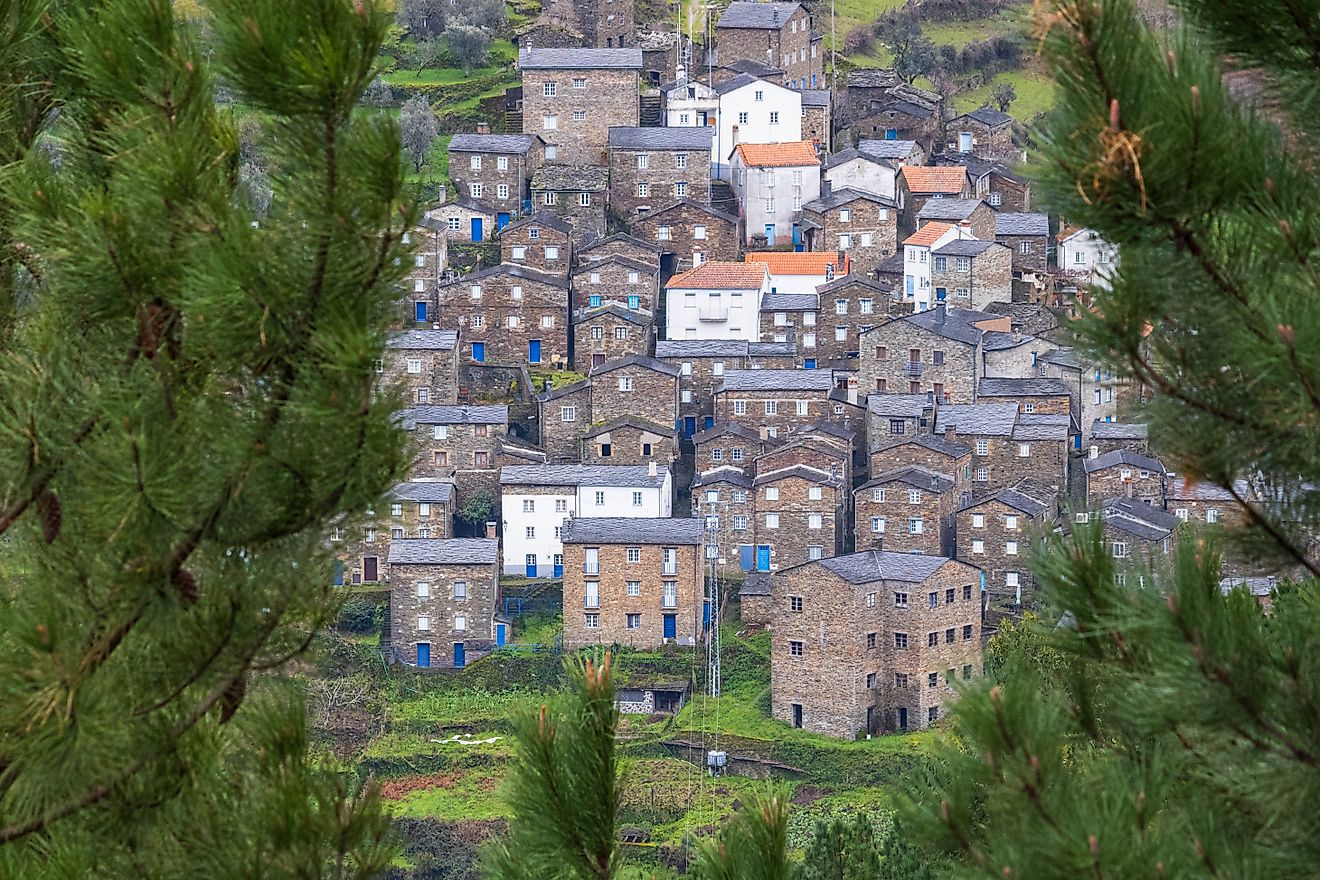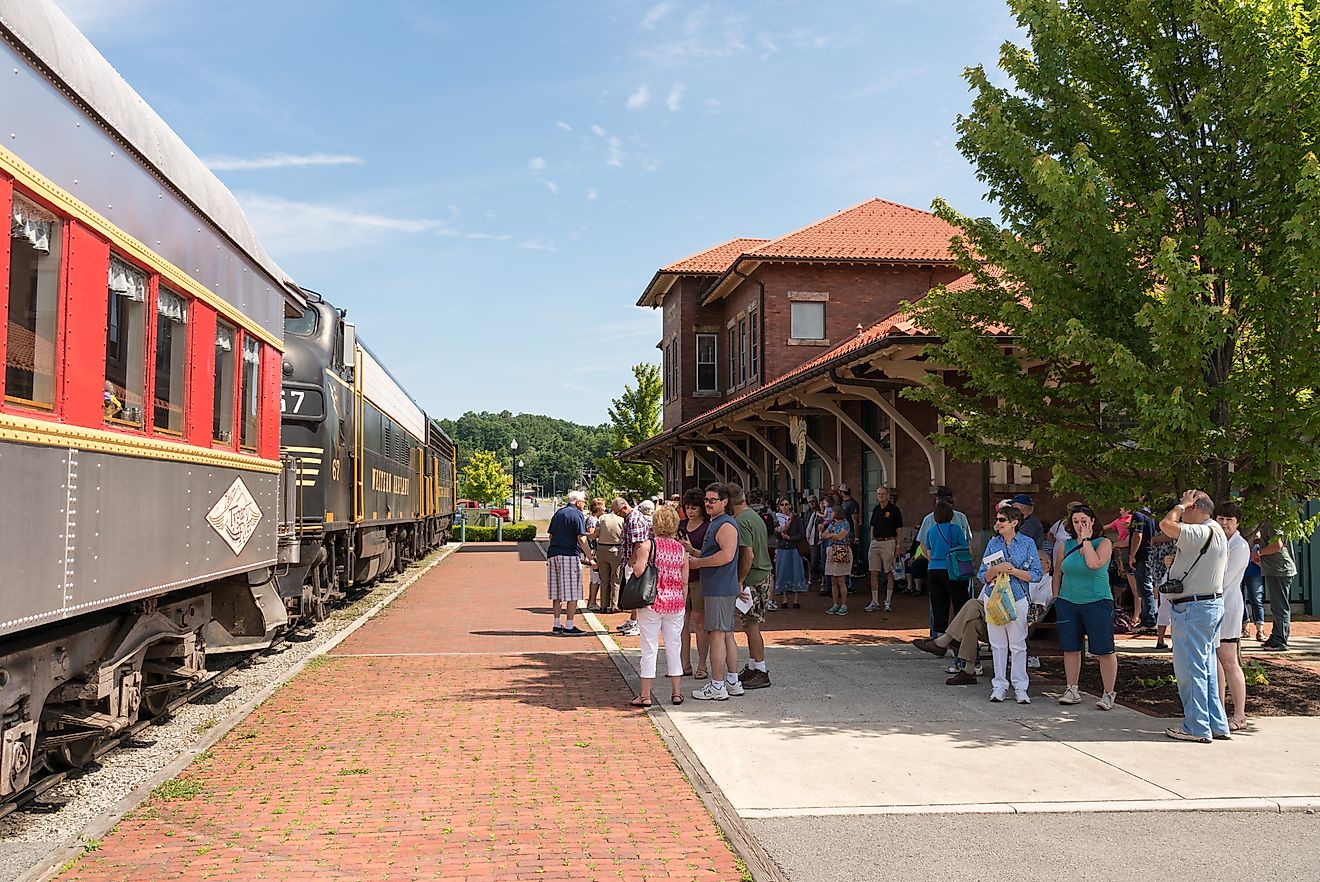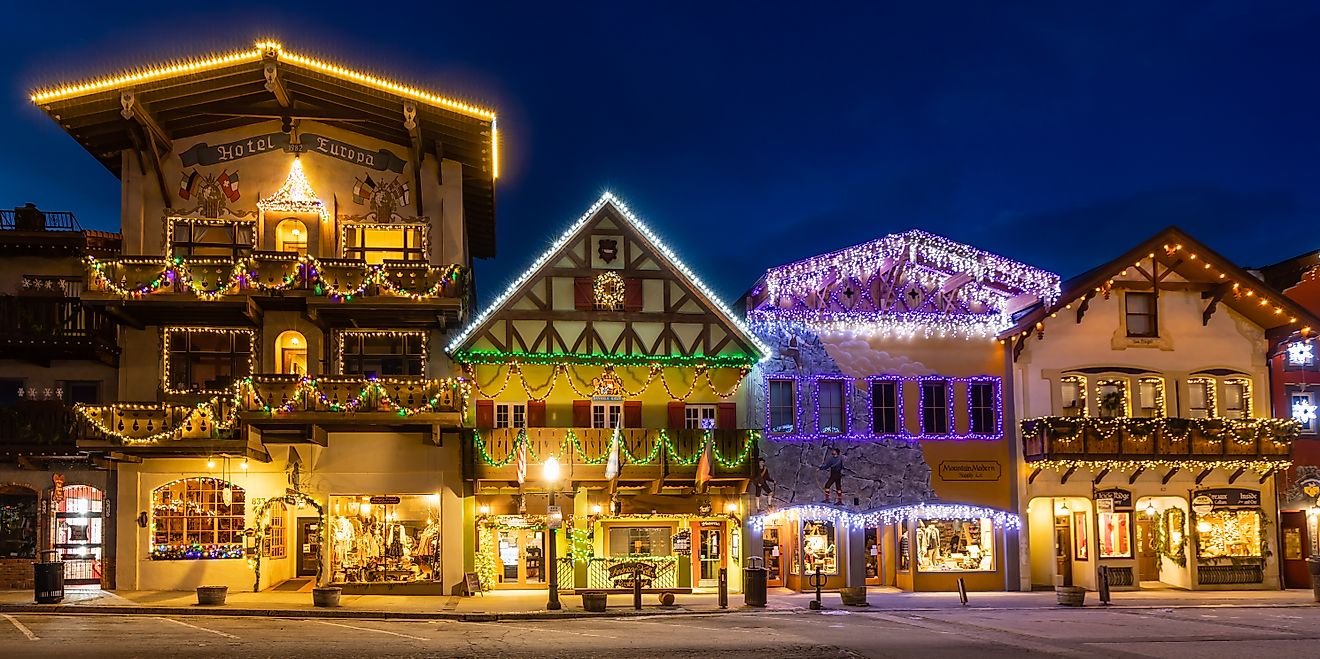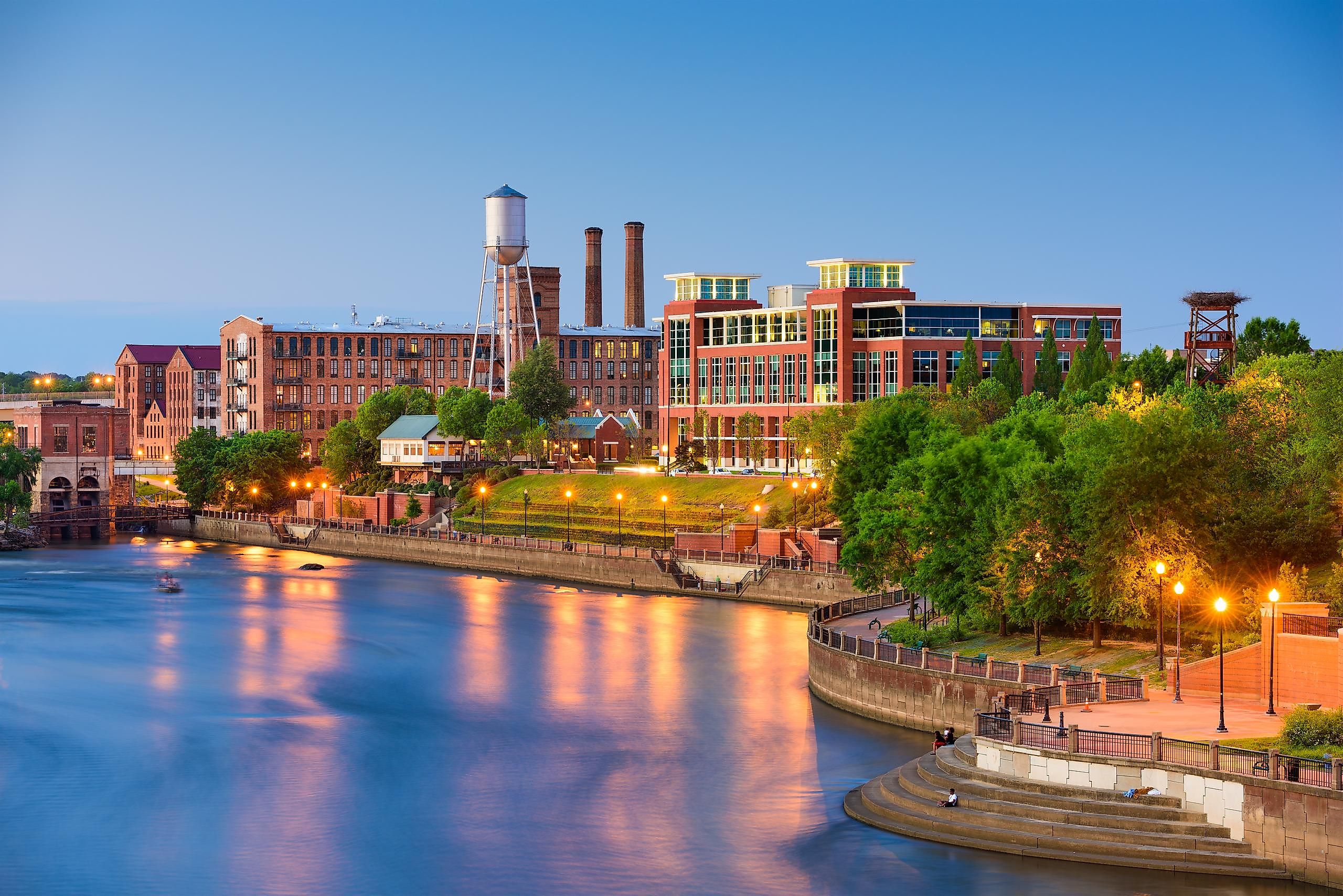
Columbus, Georgia
The birthplace of Coca-Cola and the home of Columbus State University, Columbus is rich in American history. Located in the US state of Georgia along the banks of the Chattahoochee River, Columbus remains a great example of a true river city that ranked among the top industrial centers of the South throughout the early 1900s.
Geography Of Columbus
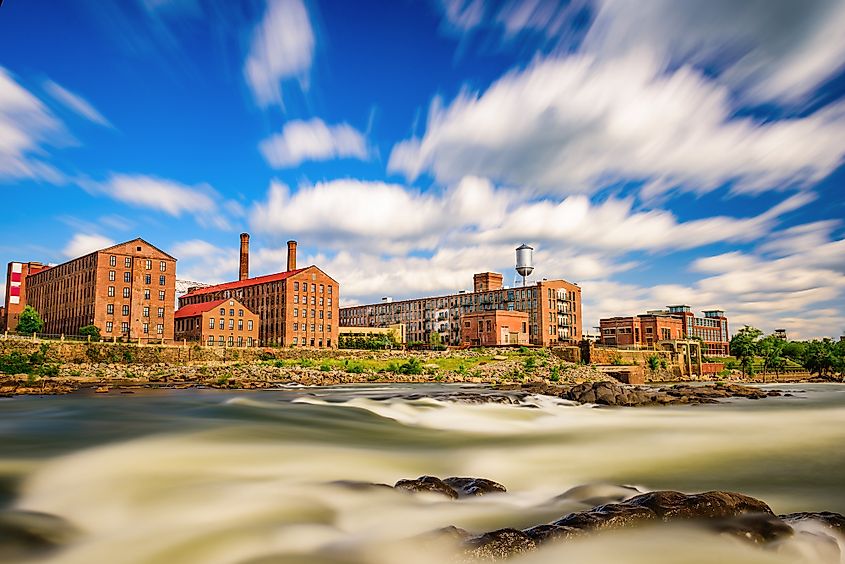
Columbus is a city located in the west-central part of Georgia within Muscogee County. In fact, Columbus is the county seat of Muscogee County. The city is situated directly to the east of the Chattahoochee River from Phoenix City, Alabama. Moreover, the city lies 80 miles east of Montgomery, Alabama, and 90 miles southwest of Atlanta, Georgia's capital. In addition, the city is considered to be one of Georgia's three Fall Line Cities, with the other two being Macon and Augusta. Columbus' landscape tends to be varied, with flat plains occurring in the south and rolling hills towards the north. The city has the geographic coordinates of 32.4610°N and 84.9877°W (32.4610, -84.9877) and an elevation of 240 feet. The city encompasses a total area of approximately 218 square miles.
Climate Of Columbus
According to the Köppen Climate Classification, Columbus has a humid subtropical climate. The city experiences short winters that are cold and wet, with a 2.8-month cool season that commences on November 29 and ends on February 23. This season records an average high of 58°F and an average low of 38°F. In contrast, Columbus' warm season has a 4-month hot season ranging from May 21 to September 21 and records an average high of 85°F. July is the hottest month, with an average high of 91°F. Columbus encounters rain throughout the year when it comes to precipitation, with March experiencing the most rain, having an average rainfall of 4.8 inches. Tourism scores generally indicate that the best period to visit the city is from late April to early June and from early September to late October.
Population And Economy Of Columbus
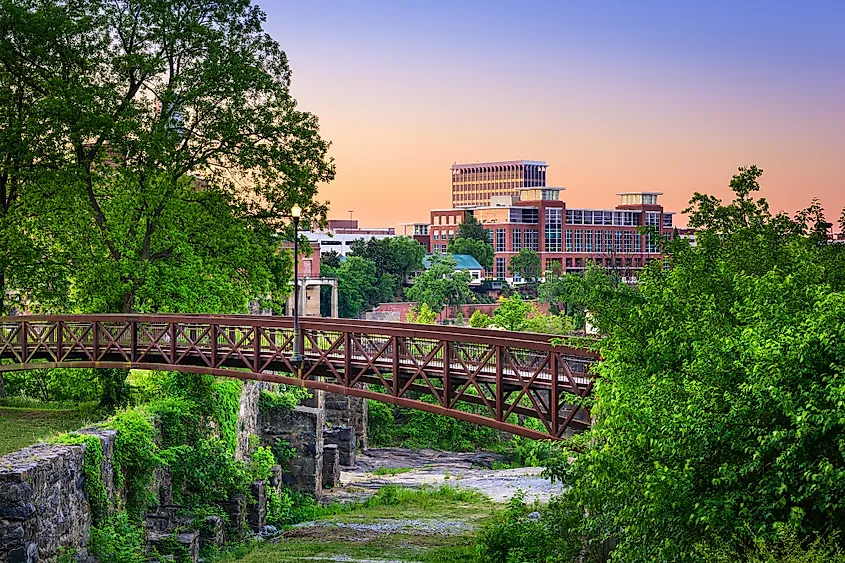
As of the most recent US Census, the city of Columbus has a population of 206,922 individuals. This places it as the second-largest city in Georgia, with Atlanta being the largest and the 122nd largest city in the US. The city is experiencing an annual growth of 0.87%, with its population increasing by more than 5.65% since the 2010 US Census that reported a population of 189,885. In terms of demographics, females make up 51.3% of the population, whereas males stand at 48.7%. The average age of males in the city is 32.4 years and 36.2 years for females. As for ethnicities, Black or African American individuals make up 46.5% of the population, whereas 42.5% are White, 5.3% are of two or more races, 2.5% are Asian, and 3.2% were of other ethnic populations. Columbus has a population density of 926.5 individuals per square mile.
Georgia's average male salary stands at USD 67,215, whereas the average female salary is USD 49,410. The median household income as of 2020 was USD 47,418, with an overall poverty rate of 20%. In terms of occupations, 12.5% of the population work in sales and related occupations, 12.1% work in the office and administrative support occupations, 7.91% work in food preparation and serving related occupations, 6.59% work in production occupations, 8% work in management occupations, and 6.22% work in education instruction and management occupations. Columbus's median monthly rental costs come at USD 906, and its median house value is USD 141,300. Some of the least common occupations include law enforcement workers at 1.28%, legal occupations at 0.94%, and architecture and engineering occupations at 1.44%.
Brief History Of Columbus
The city was first established in 1828 along the banks of the Chattahoochee River to strengthen Georgia's western border, particularly in terms of trade. Furthermore, Columbus was considered the last of the "frontier towns" in terms of the original Thirteen Colonies. The city has experienced several wars and conflicts throughout the years. One of the first was the Creek War of 1836, which saw the removal of 16,000 Native Americans in an event referred to as the "Trail of Tears." Columbus was also heavily affected throughout the Civil War, especially when the Confederates and Union clashed in the Battle of Columbus upon the assassination of Abraham Lincoln. In addition, World War I brought significant long-term changes and social upheavals to the city.
In terms of its economic growth and development, the city was initially visualized as a cotton-trading center, given the river's commercial advantage. Despite not fully holding up to these expectations with the railroad's arrival, the Chattahoochee's waterpower succeeded in driving Columbus towards becoming a manufacturing center. By expanding its production throughout the Civil War, Columbus became one of the leading industrial centers, particularly regarding textile. The city witnessed significant growth until 1865, with its industrial output ranking tenth in the South. Even though the 1920s saw the city's economy heavily diversify, Columbus was still heavily affected by the Great Depression, given the drop in demand for cotton textiles. By the 1970s, the economy continued to witness significant change, as local business people began seeking new manufacturers and allowed new industries to increase local wages. Given these improvements, Columbus attracted new businesses and residents that revitalized the city, such as the creation of the Columbus State University.
Tourist Attractions in Columbus
Coca-Cola Space Science Center
Established in 1996, the Coca-Cola Space Science Center is owned and operated by Columbus State University. The center works to promote scientific discovery and exploration through education and entertainment. Moreover, the center is home to various interactive gallery exhibits, WestRock Observatory, the Challenger Learning Center mission simulator, Space Shuttle Odyssey launch simulator, Omnisphere Planetarium Theater, and the site of all the University's astronomy courses. The NASA artifact collection on display is valued at USD 20 million.
Chattahoochee Riverwalk
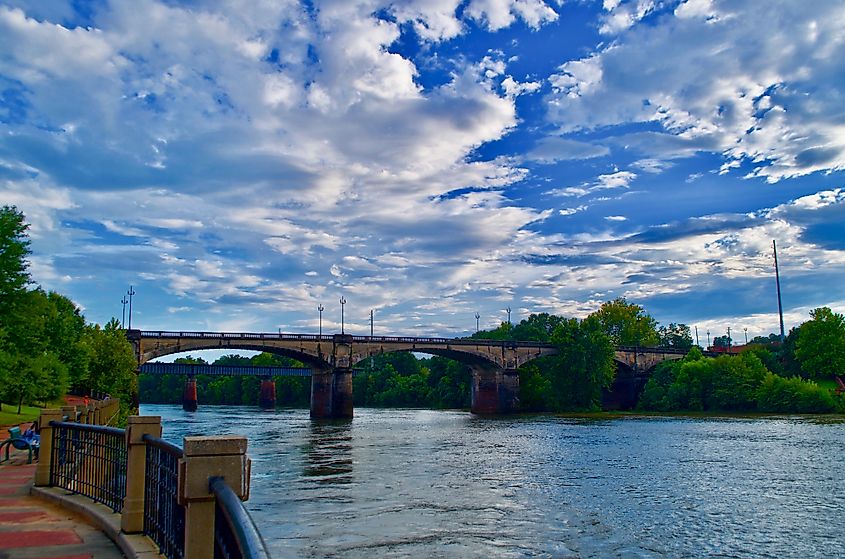
Whether navigating on foot or bike, the Chattahoochee Riverwalk is a 15-mile linear park that spans from the National Infantry Museum in the south to the Lake Oliver city marina. Visitors can explore several historic markers and monuments and examine the unique cityscape alongside the area's natural beauty and native wildlife.
Columbus Museum
The second-largest general museum in Georgia, Columbus Museum, serves as American art and regional history museum. Over 14,000 artifacts call the museum home, among which a significant diversity is on display to the public. In addition, these artifacts serve to tell the story of the Chattahoochee River Valley's overall development and host a range of educational programs and events for children, families, and adults.
Being the second-largest city in Georgia, Columbus presents one of the most interesting of the US's true river cities. Since its establishment in 1828, the city's rich history includes the American Civil War's last battle and the hosting of the corporate headquarters of several major companies.
